Improved forest management
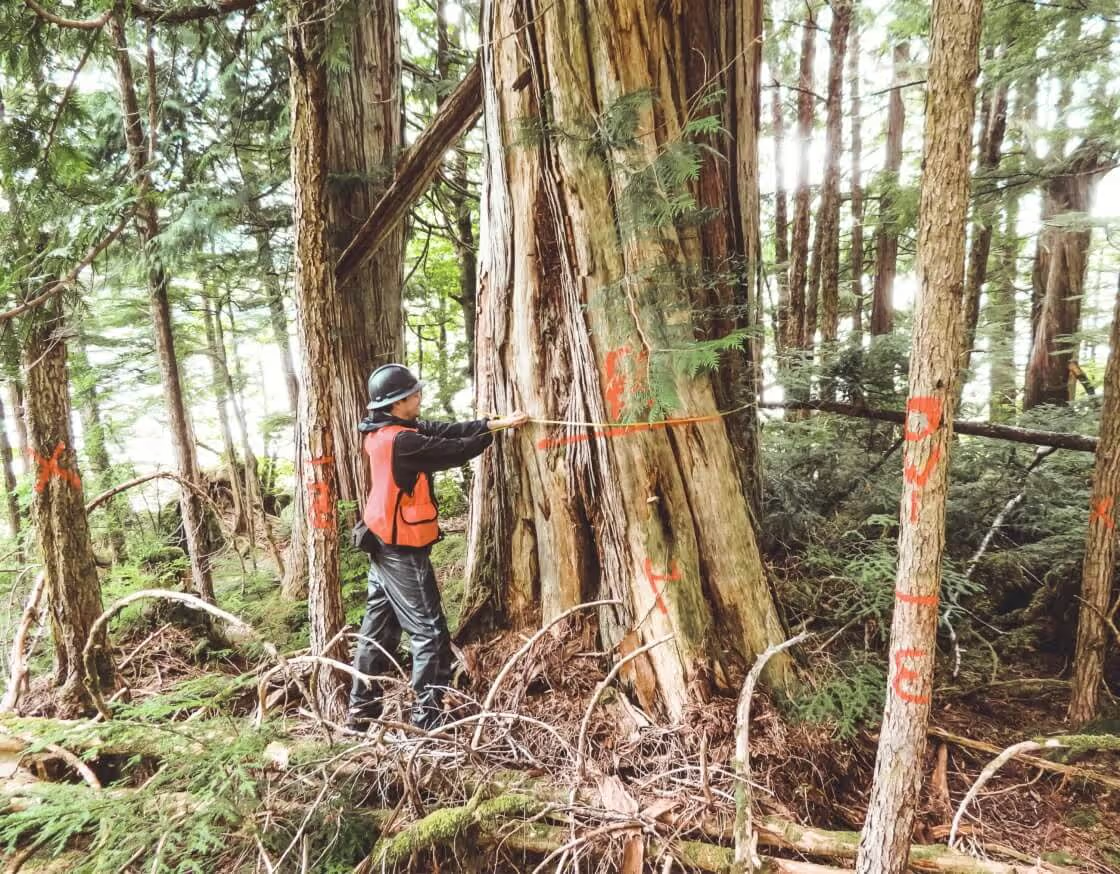



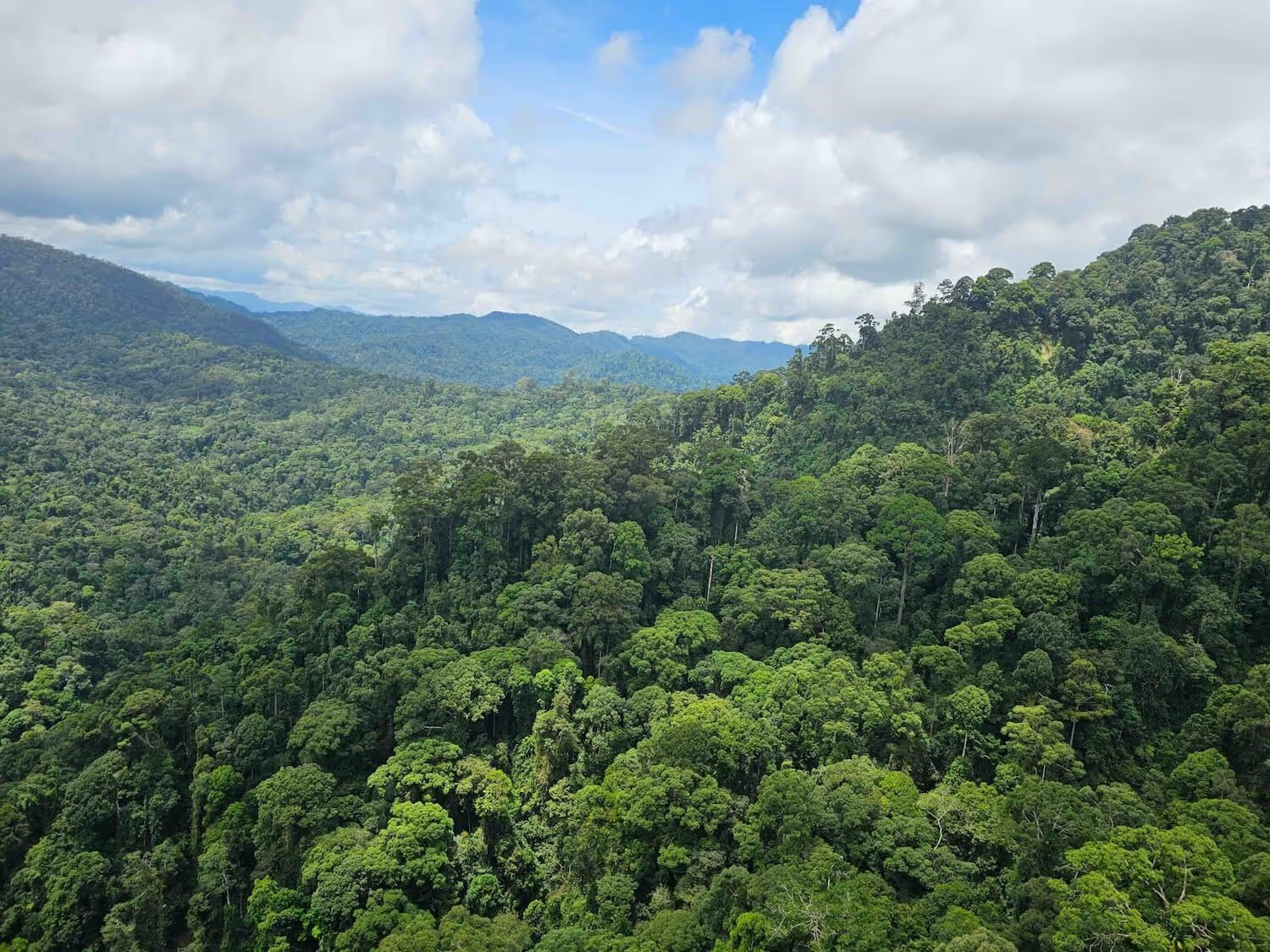





What you need to know about improved forest management
- 1IFM stands for “improved forest management” and involves removing and avoiding CO₂ emissions by sustainably managing forests.
- 2Many IFM projects still include commercial timber harvesting, but they harvest in more sustainable ways.
- 3Projects might also increase forest productivity by enriching degraded areas.
- 4In addition to removing and sequestering carbon, sustainable forest management provides many other benefits to communities and ecosystems.
- 5IFM projects take place in areas where timber harvesting or deforestation was too aggressive.

What is improved forest management?
In the global effort to combat climate change, Improved Forest Management (IFM) has emerged as a promising approach to enhance the role of forests in carbon storage. While the concept might sound straightforward, the reality of IFM projects involves complex interactions between forest ecology, economics, and human management decisions. This guide explores how IFM works, its challenges, and its potential in the fight against climate change.
At its core, IFM represents a shift from conventional forest management practices to approaches that prioritize carbon storage while maintaining sustainable forest resources. Unlike other forest carbon projects that might focus on preventing deforestation or planting new trees, IFM works with existing forests to enhance their natural capacity to store carbon.
The concept builds on a fundamental understanding of forest carbon dynamics: forests naturally store carbon as they grow, but traditional management practices often prioritize timber production over carbon storage. IFM projects seek to modify these practices in ways that maintain higher carbon stocks while still allowing for sustainable forest use.
As of 2023, IFM projects produced 11% of voluntary carbon credits globally, and some estimates show that they have the potential to reduce the amount of carbon dioxide in the atmosphere by 2 billion metric tonnes each year.
Different types of improved forest management projects
Improved Forest Management takes several forms, each representing a different approach to enhancing forest carbon storage.
Conservation of loggable forests
This approach involves the conservation of forests that could legally be logged. These projects recognize that many forests, though currently standing, face legitimate threats from legal logging operations. By providing financial incentives through carbon credits, these projects make forest conservation economically competitive with timber harvesting.
Reduced logging
Rather than completely stopping timber harvest, reduced logging projects implement less intensive harvesting methods or longer periods between harvests. This creates a balance between carbon storage and timber production, acknowledging that sustainable forest products remain important for many communities and economies.
Increased productivity
In this approach, forest management techniques actively enhance the forest's ability to store carbon. This might involve carefully planned thinning operations that, counter-intuitively, can actually increase overall forest carbon storage by promoting faster growth in remaining trees. These projects require sophisticated understanding of forest dynamics and careful monitoring to ensure they achieve their intended benefits.
Restoration and regeneration
Some IFM projects focus on restoration and regeneration, working to enhance the recovery of degraded forest areas. These projects often involve the most active management, helping forests return to a more natural state with higher carbon storage potential.
The science of carbon credits in improved forest management
Creating carbon credits from IFM projects requires careful attention to measurement and verification. The process begins with establishing a baseline scenario — what would happen to the forest's carbon stocks without the project? This isn't as simple as measuring current carbon stocks and assuming they would remain stable. Forests are dynamic systems, and carbon stocks naturally change over time through growth, decay, and disturbance.
For IFM projects, baseline setting must account for these changing carbon stocks, considering not only current forest conditions but also historical management practices, regional norms, and economic factors. Most traditional methodologies use what's called a “static baseline approach,” where the baseline is calculated only once at project validation and remains fixed throughout the project's life. However, this approach has faced criticism as baseline conditions might change over time due to new legal requirements, shifts in common practices, or changing economic conditions.
More recent approaches are moving toward dynamic baselines that require reassessment at each verification event. These dynamic performance benchmarks leverage remote-sensing monitoring techniques and can deliver more conservative carbon credit estimates by accounting for changing conditions over time. This shift toward dynamic baselines represents an important evolution in forest carbon methodologies, helping ensure that projects only receive credits for genuine improvements beyond current business-as-usual practices.
A credible baseline must demonstrate that without carbon credit revenues, the forest would be managed differently in ways that would store less carbon.
Understanding additionality in IFM projects
A critical concept in forest carbon projects, including IFM, is additionality — the principle that ensures carbon credits are only issued for carbon benefits that wouldn't have occurred without the project. For IFM projects, proving additionality requires demonstrating that the improved management practices would not have been implemented without carbon credit revenue.
Several key factors must be evaluated to determine if an IFM project is truly additional. First, projects must demonstrate that their proposed activities go beyond what's required by law — known as regulatory surplus. But legal compliance alone isn't enough. Projects must also show that their improved management practices wouldn't be the most financially attractive option without carbon revenue.
The financial aspect of additionality is particularly important for IFM projects. Projects need to present a convincing financial analysis demonstrating that without carbon credits, the improved management practices would not be financially viable. For instance, if a project aims to reduce logging or extend rotation periods, it needs to show that these changes would not make financial sense without the additional revenue from carbon credits.
Projects that prevent logging of previously unlogged forests face an even higher bar for proving additionality. These projects must not only demonstrate their own financial additionality but also conduct a barrier analysis showing what obstacles would typically prevent conservation (such as cultural, technical, or institutional barriers) while proving these same barriers wouldn't prevent logging under the baseline scenario. They must also show that converting the forest to logging would be financially attractive despite any barriers.
An important quality check for additionality in IFM projects involves ensuring that project areas don't overlap with lands already benefiting from conservation finance, such as conservation easements. Such overlap would suggest the forest was already being protected, making additional carbon credits non-additional.
The measurement of forest carbon stocks themselves requires rigorous scientific methods. Projects must establish permanent sample plots where trees are regularly measured to track changes in carbon storage. While modern technology like satellite imagery and remote sensing can help monitor forests at a landscape scale, these tools must be combined with on-the-ground measurements to ensure accuracy. Remote sensing alone isn't sufficient — projects need boots on the ground to verify their carbon claims.
Leakage and permanence in improved forest management
One of the most significant challenges facing IFM projects is the risk of leakage — the possibility that reducing timber harvest in one forest simply leads to increased harvest elsewhere. This can happen in two ways: activity shifting, where logging operations physically move to different forests, and market leakage, where reduced timber supply leads to price increases that incentivize more logging elsewhere.
The scale of this challenge shouldn't be underestimated. Research has shown that market leakage rates can range from 42% to 95%, meaning that for every tonne of carbon protected in an IFM project, nearly half to almost all of that benefit might be negated by increased harvesting elsewhere. This is significantly higher than the 10-30% deductions typically required by carbon credit methodologies, suggesting current approaches might not fully account for the problem.
Another critical challenge involves ensuring the permanence of carbon storage. Forests face numerous threats, from natural disasters like fires and storms to human-caused disruptions like changes in land ownership or management. To address these risks, IFM projects typically set aside a portion of their credits in a buffer pool — essentially an insurance policy against future carbon losses. A minimum buffer of 20% is considered reasonable, though some projects may need larger buffers depending on their specific risk factors.
Ensuring project quality for improved forest management
High-quality IFM projects share several key characteristics that distinguish them from less robust efforts. First, they base their baseline calculations on solid historical data rather than regional averages or assumptions. This might include actual harvest records, management plans, and documentation of past practices.
Monitoring must be comprehensive and consistent. The best projects combine regular forest inventories using permanent sample plots with advanced remote sensing techniques. This dual approach provides both detailed ground-level data and broader landscape perspective, allowing projects to track changes accurately over time.
Leakage management represents another crucial quality indicator. Strong projects don't just acknowledge leakage — they actively work to minimize and account for it. This includes monitoring other properties owned by the same entity to ensure harvesting hasn't simply moved elsewhere, applying appropriate market leakage deductions (at least 30% when timber production is reduced), and timing these deductions to match actual harvest schedules rather than spreading them evenly over time.
The history of improved forest management
In the 1990s, sustainable forest principles were beginning to be established through the United Nations and efforts toward climate change mitigation. As countries and states committed to emissions targets made in the Kyoto Protocol, they began participating in forest carbon credit trading programs — the first carbon markets. Today, nearly 300 carbon credit projects contribute to IFM, though the vast majority of IFM projects are currently located in North America.
While the title and credits for IFM are only a few decades old, the practice of sustainable forest management in some form has been going on for centuries. Though they wouldn’t have used the word “sustainable,” people were managing forested land all over the world throughout history. Systemic forest management was established in Germany in the 16th century, for instance, and indigenous forest management dates back even further.
The future of improved forest management
As our understanding of forest carbon dynamics improves and measurement technologies advance, IFM projects continue to evolve. The field increasingly recognizes the need for more stringent baseline requirements and better accounting for leakage effects. There's also growing emphasis on integrating carbon storage goals with other environmental benefits like biodiversity conservation and watershed protection.
The future of IFM likely lies in finding better ways to balance multiple forest values - carbon storage, timber production, ecosystem services, and community benefits. Success requires moving beyond simple carbon accounting to understand forests as complex social-ecological systems where management decisions have far-reaching implications.
Improved Forest Management offers significant potential for enhancing forest carbon storage while maintaining working forests. However, realizing this potential requires careful attention to project design, implementation, and monitoring. As carbon markets mature and scrutiny of forest carbon projects increases, the emphasis on quality and credibility will only grow stronger. Understanding these complexities — from baseline setting to leakage management — is crucial for anyone involved in developing, evaluating, or purchasing IFM carbon credits.
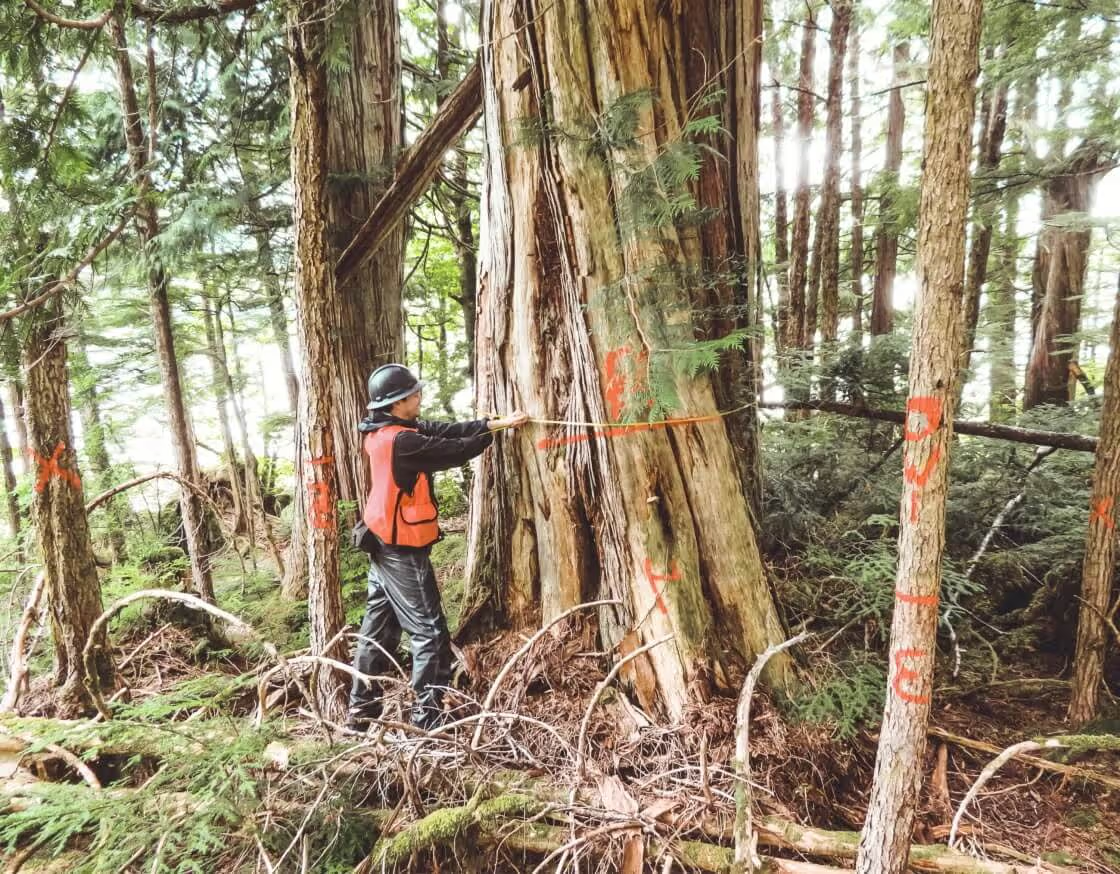
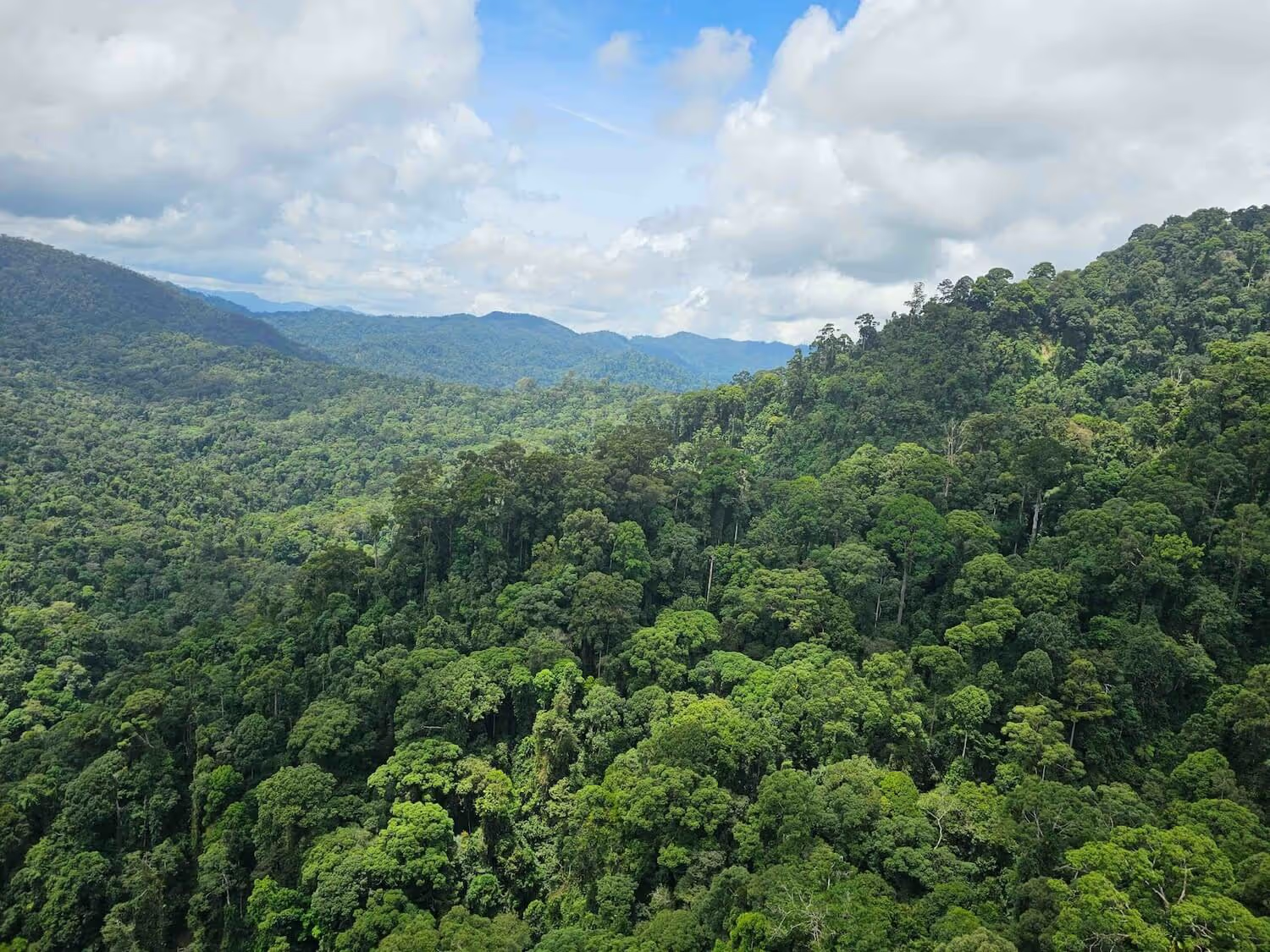

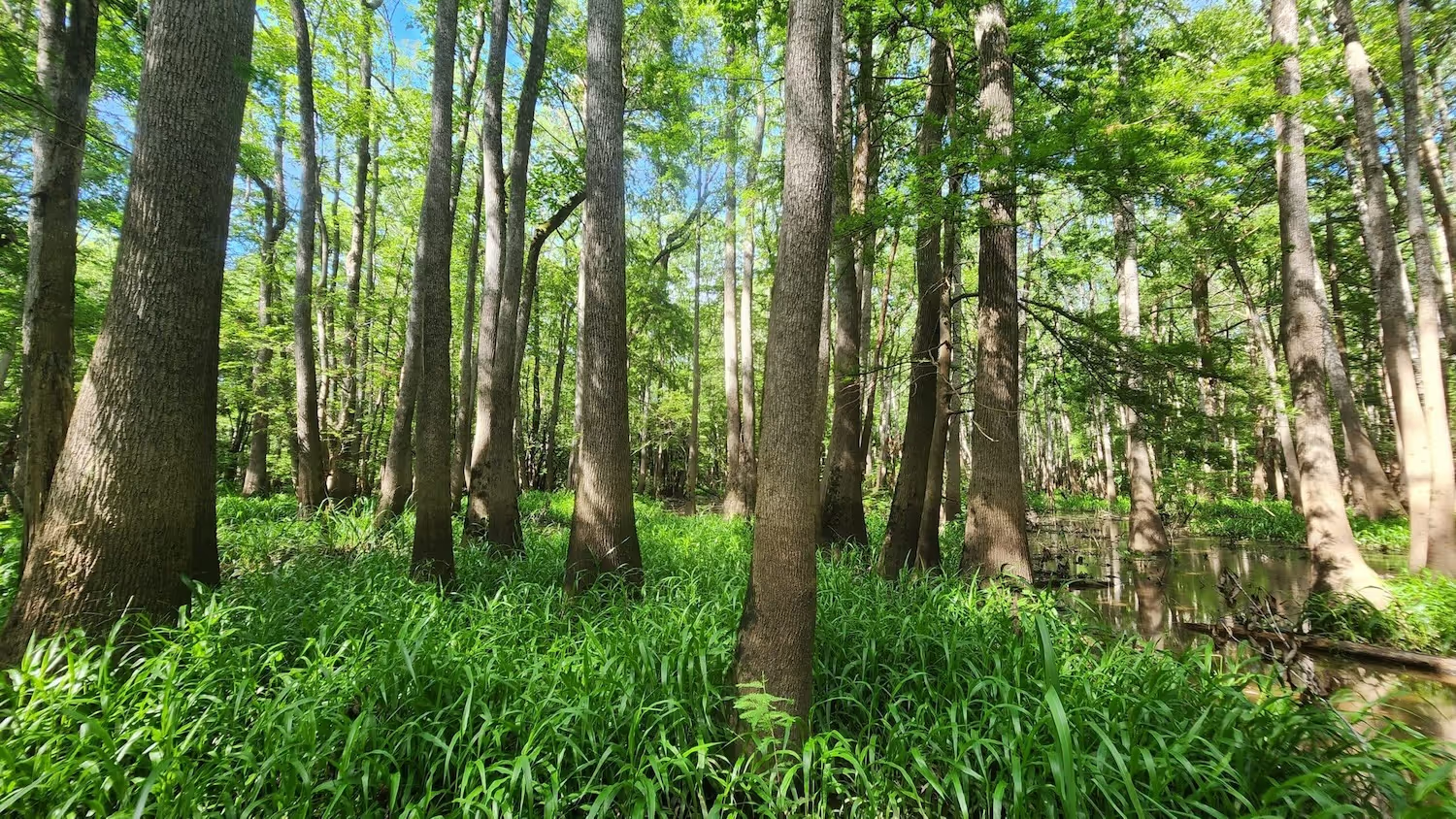
IFM projects can balance carbon storage with continued timber production through practices like reduced logging, providing a way to maintain working forests while generating additional revenue through carbon credits.
By modifying traditional management practices like extending harvest rotations or implementing better forest management techniques, IFM projects can increase the amount of carbon stored in existing forests without requiring new land for reforestation.
Some IFM projects focus on restoring degraded forests or improving forest regeneration, which not only increases carbon storage but also enhances ecosystem services and biodiversity.
When IFM projects reduce timber harvesting, studies show that 42-95% of the carbon benefits might be negated because the reduced timber supply leads to increased harvesting elsewhere.
There's a risk that natural, degraded forests that could regenerate on their own might instead be converted to forest plantations for timber management, potentially reducing biodiversity and ecosystem services.
Many IFM projects use static baselines that don't account for changing conditions over time, potentially leading to over-crediting if baseline practices would have improved anyway due to new regulations or changing economic conditions.
Want to accelerate climate solutions like improved forest management? We want to hear from you.



